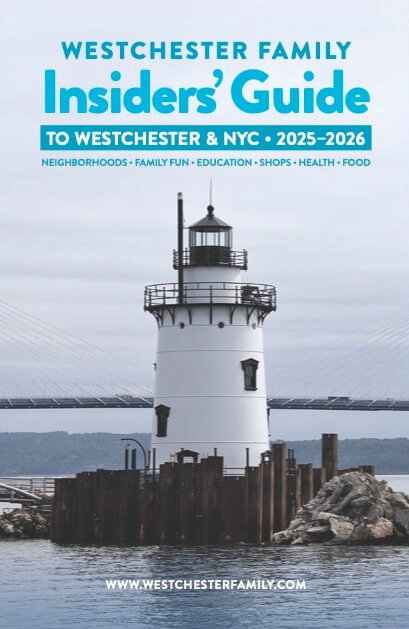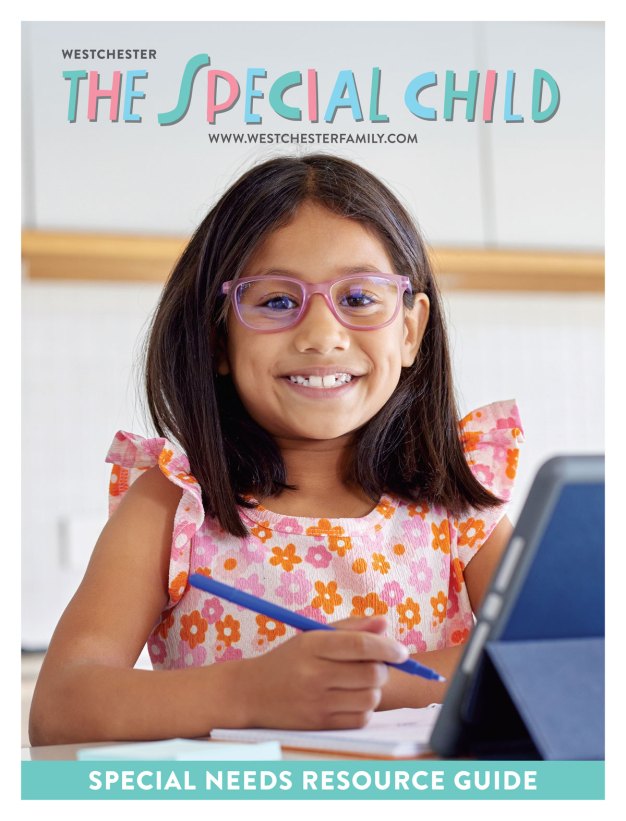Preventing Sexual Abuse
Hearing the chilling statistics on child sexual abuse can bring caring adults more awareness and knowledge of this pervasive problem: One in four girls and one in six boys will be sexually abused before they turn 18.
“Child sexual abuse prevention is an adult’s job,” says Jeanne Meyer, facilitator for the national project, Darkness to Light, a program that educates adults on this issue.
“We adults need to be educated and empowered about sexual abuse to protect our children,” Meyer says. “Children are our future. For them to be successful, they need to be kept safe during their childhoods.”
The inttention to protect our children should be as natural as teaching them how to call 9-1-1, says Robin Sax, an author and sex crimes district attorney.
“We now know that the only way to protect children is for parents to view it as a priority – not once the deed is done, but as a preventive measure,” says Sax, author of Predators and Child Molesters: What Every Parent Needs to Know to Keep Kids Safe (2009, Prometheus Books).
Measures to protect your children
Strive to raise assertive, confident children with a high sense of self-worth and self-esteem. “Such children are less likely to be targeted because they are more likely to say ‘no’ to a predator and more likely to report the incident,” Sax says.
Educate yourself and take action in the following ways:
• Family and friends pose the greatest risk. Thirty to 40 percent of children are abused by people the family trusts. The greatest risk to children doesn’t come from strangers but from friends and family, Meyer says. “We need to be aware of who our children are coming in contact with,” she says.
A molester can be a priest, minister, teacher, coach, neighbor, friend or family member. “While it may be advisable to warn children of ‘stranger danger,’ I often remind parents that if they want to worry, they should worry about the people they know, as well as the ones they don’t,” Sax says.
• Be aware of all adults in their lives. About 60 percent of abusers try to form a trusting relationship with parents.
It’s common for single parents and busy parents to depend on help from other adults, Meyer says, but remain vigilant. If your child goes to the movies or takes a trip with another adult, ask a lot of questions before and after to find out the details of the outing, she says. One-on-one relationships are valuable for children, but parents need to ensure their child is not being taken advantage of.
• Check your state’s sex offender registry. By law, each state should have a database of all sexual offenders who have registered in the state.
“As a parent, I suggest that you check whether any sex offenders reside near your home, your school, grandparents’ homes, and other locations where your kids frequently hang out,” Sax says. “Be sure to share that information with co-parents, babysitters, nannies, grandparents, caretakers and anyone else responsible for supervising and caring for your children.”
• Beware of access, privacy. Sexually abusive acts do not occur in specific places but when two elements exist – access and privacy, Sax says. Predators seek opportunities to be with children – after school tutoring, giving rides home, or paying a teen to do yard work.
Sax advises, “Parents should ask themselves, ‘Why is this person willing – or even wanting – to spend so much time with my child?’ ”
• Trust your intuition. Rationalizing a sexual abuse situation is extremely common – and dangerous. “Our minds often don’t want to go ‘there’ to the possibility that this person is an abuser,” Meyer says.
Many times people don’t report a highly trusted and
visible individual for fear of ruining his reputation. “I would rather inconvenience the life of one adult than devastate the life of a child,” Meyer says.
Kim Seidel is a wife, mother of two daughters and an award-winning writer on parenting issues.












